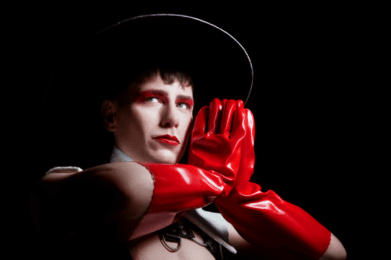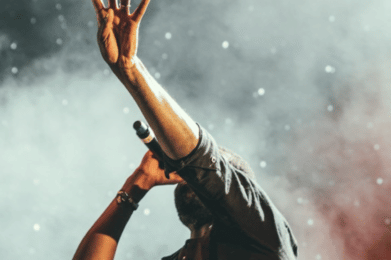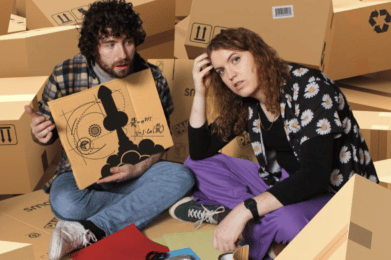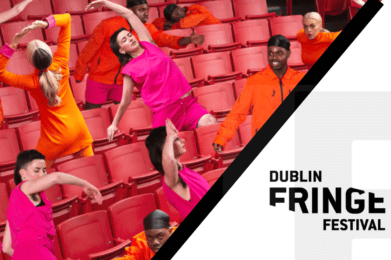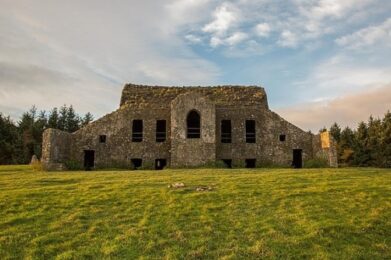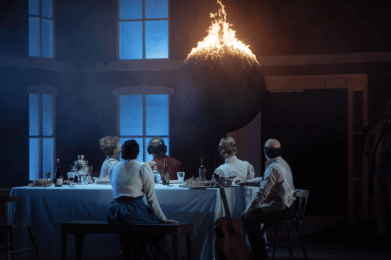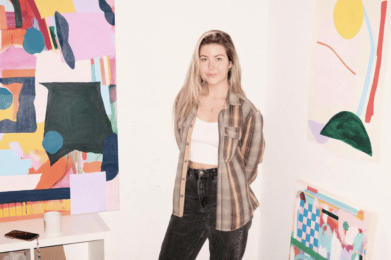
Interview with Jessica Karuhanga: “It is always important to me to spend time in the site or location I am to physically be in. I want to experience the space before I insert my body or objects.”
Jessica Karuhanga, a first-generation Canadian artist of British-Ugandan descent, sits with us to talk about her art process, influences and how the virtual space has led her to different places in the world.
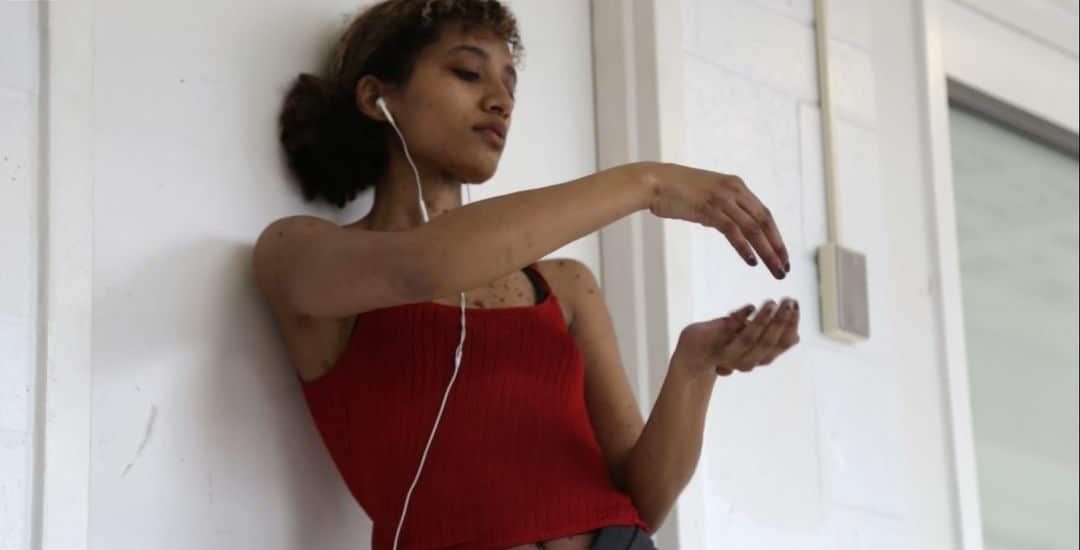
On the month of May 2022, Pallas Projects/Studio’s are launching QALEIDOSCOPE: Queer Film and Performance on Tour. It features Canadian and International film and performance art by Queer and QTIBPOC artists who are using queer artistic expression to propose and investigate diverse ways of looking at sexuality, gender, race, and film and performance art itself. One artist featured is Jessica Karuhanga. Her work uses lens-based technology, writing, drawing, and performances to highlight problems of cultural politics of identity and Black diasporic concerns.
We sat down with Karuhanga, to discuss her work before her artist talk and performance in Dublin.
Tell us about yourself.
I am Jessica Patricia Kichoncho Karuhanga. Jess, JPKK, or Kichoncho will do. Only maybe three family members call me Jessie. I’m an artist and for me that includes filmmaking, writing, drawing and dance..
How did you get into creating performance pieces? Can you tell me a bit more about your work?
Performance was an extension of other mediums I had been working through before. As soon as I understood that virtually anything could be material I began working through all the ways I could undo and rearrange or question my material research. Performance emerged out of a time that I had very little in terms of material wealth or tangible support. I miss the anonymity. However, community is also very important to me. I typically start with an impulse and then figure out the medium to translate that idea later. I love the ways that performance resists archival containment that will never tell the whole story. Memories we hold in our bodies might be more informative or moving than a photograph or video documentation. These forms exist on my website or grant applications but their lustre isn’t quite the same as the live thing. I’m still working through meaning and how this is generated and how that might live on.

Are there any inspirations that influence your work?
Janet Jackson or Erykah Badu music videos, memories of dancing to disco records with my parents or memories of my Dad blasting afro-beats when he would pick me up from school. Trust me – no one else in my hometown was listening to afrobeats. Pop music wasn’t pulling from these roots in the same ways. Appropriation looked different. I love theatre, musicals, anything to do with astronomy, physics or astrology. My mum recently found a journal of mine from when I was eleven years old. In one of the pages I wrote that my dream is to grow up to be an artist, geographer or “famous dancer.” And I find it wild that I knew who I was so young. I lost sight for a moment. But its very affirming to read young Jessica’s dreams.
Your project ground and cover will be showing at Qaleidoscope— Queer Film and Performance on Tour at the Pallas Project this May, it’s a stark yet tender performance; can you tell me about your creative process?
In most cases, regardless of medium, but especially with performance it is always important to me to spend time in the site or location I am to physically be in. I want to experience the space before I insert my body or objects. I want to thoughtfully consider presentation before it reaches the audiences gaze. Sometimes I take notes. Sometimes I just sit in the space for minutes or hours. Sometimes its multiple visits at different times of day with different conditions that can be social and/or environmental.
You wear headphones in ground and cover, can you tell me about your choice to move to music or sound that is not heard by the viewer?
I think of the headphones as a partition. They separate us but not fully. I have always been struck by when I see folk with headphones on how they are in their own space moving through the world. So figuratively and literally I wanted to explore this kind of distancing.
You have referenced the “white walls of the institution” in previous talks, what do you intend your work to say about the position of the black female body within certain man made spaces?
I think I’m always thinking about white walls as a structure, a construct, or a choice. The idea of the performance “ground and cover me” came to me after reading Claudia Rankine’s “Citizen.” In the text she cites a Nora Zeale Hurston quote that says somehing along the lines of, “I feel most black when thrust upon a white background.” I had this idea of caressing the contours of white walls figuratively and physically.

How do you feel about social media platforms being a potential vehicle for performance based art or as a place for artists to share their work or find inspiration?
I really love seeing the ways in which artists have used platforms such as Vine, Instagram and TikTok as an outlet for their alter-egos or queer parties. I eat up posts by @iamtonytalks @joannethescammer and @iamcleotrapa. The algorithm has led me to niche spaces like Ugandan, African or Toronto TikTok. The references get so specific. Virtual space is as real as any other physical space. I also think artists such as Neta Bomani and American Artist are working through digital technologies in compelling ways as Black artists that resist translation or being contained.
What performances are you excited to see at Qaleidoscope— Queer Film and Performance on Tour?
I will only get a chance to see screenings and focus on my own work during my stay. I am most excited to see Kourtney Jackson’s “Wash Day” and Thirza Cutland’s “Less Lethal Fetishes.”
Are you working on anything at the minute that you’d like to tell us about or that we should keep an eye out for?
I have a performance film coming out late this year that Kourtney [Jackson] was actually the assistant director on. I collaborated with my dear friend and film director, Roya DeSol, on envisioning ways a documentation could exist as its own pure form that lives on. The film explores themes of communion, rage and isolation
To contact or learn more about Jessica Karuhanga’s work follow her on social media and check her website:
website: Jessica Karuhanga Instagram: @iamkichoncho



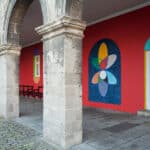


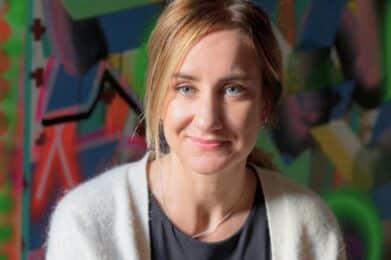
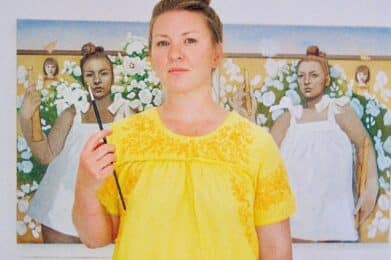
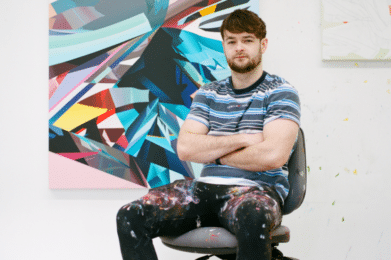

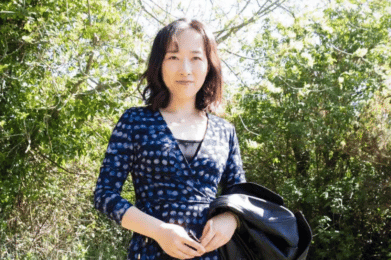



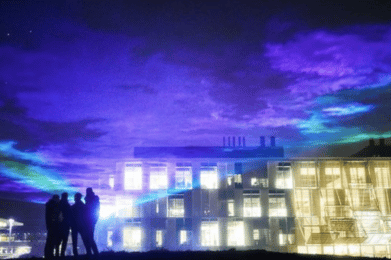


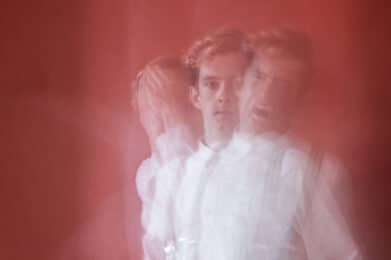
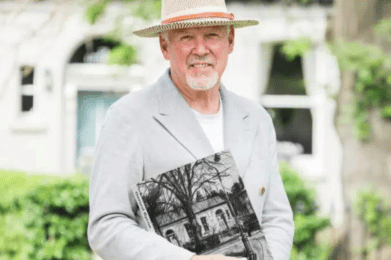

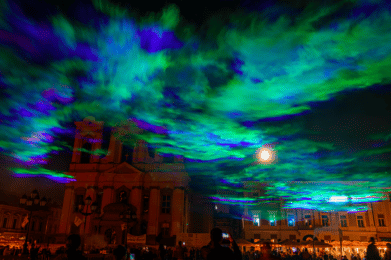

![Conversation with Maser: “I found graffiti definitely was the vehicle for me to be able to really explore what I wanted to do, meet similar peers that had the same sort of mindset as me […]”](https://dublinartlife.com/wp-content/uploads/2022/09/DAL-Interview-4-391x260.png)
